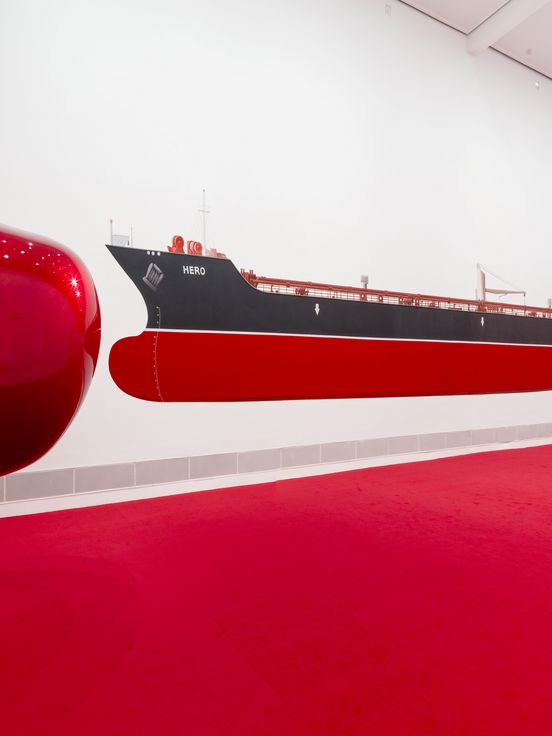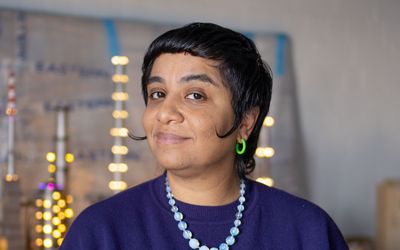About the artist
Monira Al Qadiri (*1983 in Senegal) grew up in Kuwait. She completed her doctorate in Japan and currently lives in Berlin. Her work has been featured in major international exhibitions, including the Venice Biennale "The Milk of Dreams" (2022), and in solo shows such as "Mutant Passages" at Kunsthaus Bregenz (2023), "The Archaeology of Beasts" at BOZAR Brussels (2024), and "Deep Fate" at the Museum of Contemporary Art Kiasma in Helsinki (2025).


